The Refugee (European Vision)
Felix Nussbaum
1939
Image
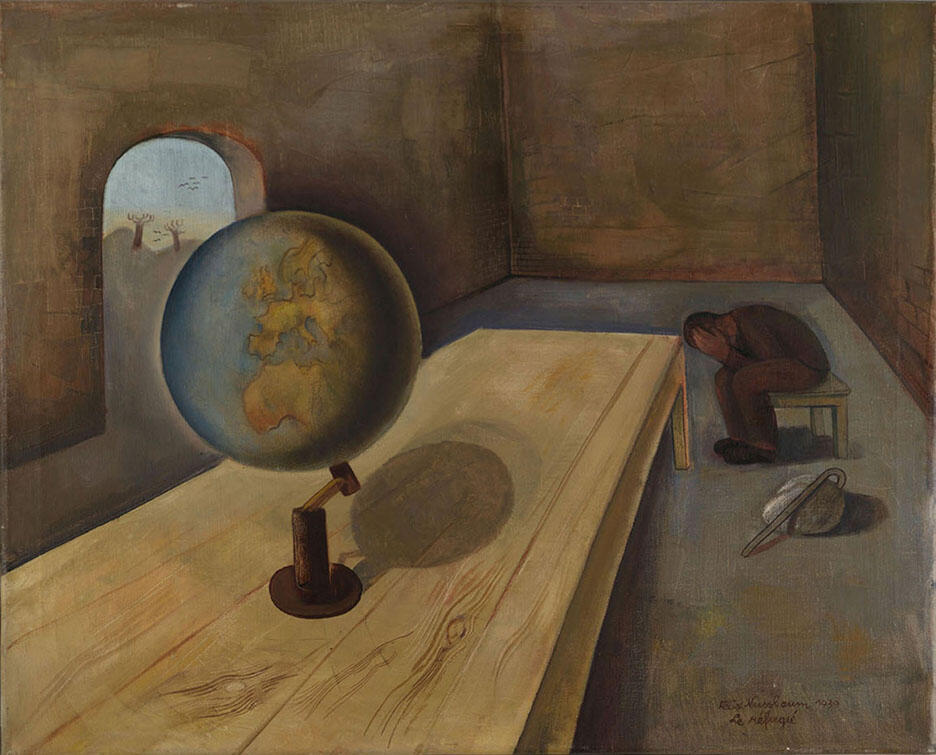
Engage with this Source
Creator Bio
Felix Nussbaum
1904–1944
German-born painter Felix Nussbaum was raised in an upper-middle-class family, allowing him to pursue an extensive arts education. With the rise of fascism in the 1930s, Nussbaum and his wife, Polish artist Felka Platek, were forced to move to Belgium. In 1940, Nussbaum was arrested and interned in France, and although he escaped and was able to live in hiding for several years, he and his wife were later betrayed and turned over to Belgian authorities. The couple was deported to Auschwitz in 1944; neither survived. Nussbaum was remarkably prolific during the final years of his life. Many of his works were destroyed during the war, but he was able to hide more than one hundred paintings with friends. Today, in the city of his birth, Osnabrück, the Felix Nussbaum Museum houses many of his surviving works.
You may also like

Minorities
Though better known for his political cartoons, Gropper was also an acclaimed painter. This painting was probably inspired by the Spanish Civil War, and its title, Minorities, suggests that the…
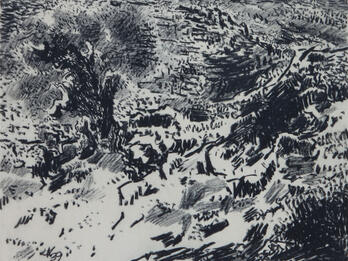
Landscape
Krakauer’s work, mostly chalk and charcoal drawings on paper, was largely devoted to expressionist landscapes of Jerusalem and its environs. His unique style was characterized by short strokes, often…
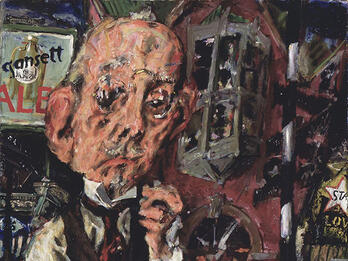
The Neighborhood Physician
Levine was a figurative painter known for his political and social commentaries about economic inequality, capitalism, and political power. He painted in a distinctive cartoonish style in which people…
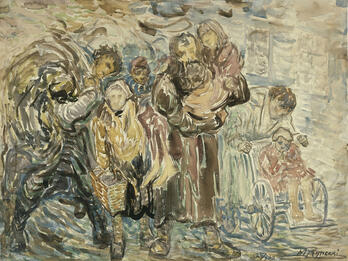
Refugees, Warsaw Ghetto
This watercolor sketch of uprooted Jews arriving in the Warsaw Ghetto was one of many artworks Rynecki made while incarcerated there. Before the war, many of his paintings documented the vibrancy of…
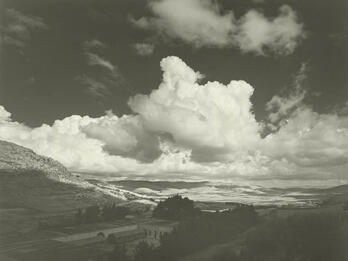
At the Foot of Mt. Gerizim
Chief photographer of the Department of Antiquities of the Mandatory Administration, Schweig is considered the first artistic photographer of landscapes and archaeological sites in Mandate-era…
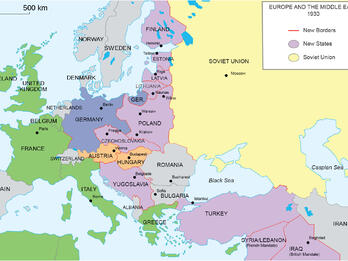
Maps of Europe before and after WWI
The two maps show the differences in state boundaries before and after World War I. The striking alterations resulted from the dissolution of four empires, the emergence of new states and the…

